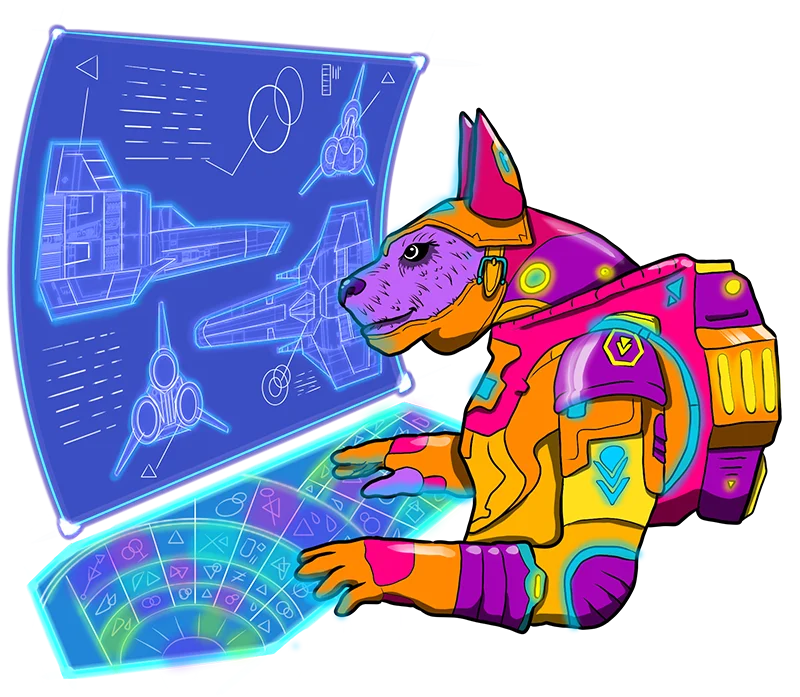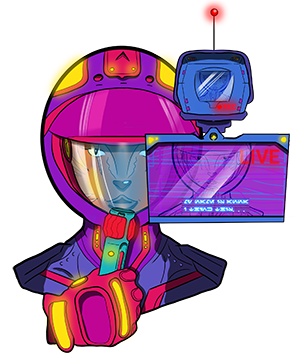If we only relied on direct translation to localize video games, they wouldn’t be very fun to play. Why? While direct translations can be useful in some types of content, like terms & conditions, it doesn’t do interactive entertainment justice. To properly localize a video game, you need a freer, more creative approach to translation. This is where transcreation can make all the difference.
Keep reading to learn why transcreation is so beneficial in the video game industry.
What Does Transcreation Mean?

Transcreation is a term derived from “translation” and “creation,” referring to a process in translation studies where a message is adapted from one language to another while preserving its original intent, style, tone, and context. The goal is to ensure that the translated message elicits the same emotions and conveys the same meanings in the target language as it does in the source language.
Unlike traditional translation methods, transcreation involves not only translating words but also modifying visuals and videos to suit the target audience. Instead of a straightforward word-for-word substitution, transcreation empowers translators to transfer the essence and purpose of the source content into their own creative renditions. This approach offers an experience akin to the original for the audience in the target language and culture.
Why Is Transcreation Important in Video Games?

Transcreation plays a crucial role in the world of video games due to the complexity of game content, which often includes humor, wordplay, and cultural references. Translating games involves more than just words—it requires transcreators to be highly creative, authentic, and culturally sensitive. In the realm of video game localization, transcreation is an art form that enables linguists to translate the entire player experience. This practice is essential to ensure that gamers can engage with a culturally rich narrative and evoke the same emotions as players in the original language.
Transcreation in video games extends beyond textual elements, encompassing artwork, voiceovers, marketing materials, and various aspects of the game. However, when it comes to video games, the focus of transcreation primarily revolves around the text. Transcreated text includes game titles, character names, dialogue, user interface labels, and more. Transcreators often collaborate closely with game developers, making strategic decisions to modify the text to enhance player immersion and emotional engagement.
When To Use Transcreation
Knowing when to employ transcreation is vital in video game localization for several reasons.
Limitation on Characters
One significant challenge faced in video game localization is the limitation on characters. This constraint becomes particularly apparent in languages like German or Spanish, which tend to have text strings approximately 30% longer than English. Transcreators address this issue by creatively condensing text to fit within designated UI spaces across various devices, especially in mobile games where screen size imposes tighter character limitations.
Flavor Text

Flavor text is another area where transcreation excels. In gaming, flavor text is ubiquitous, providing detailed descriptions and background stories for characters, items, and events. This text doesn’t impact game mechanics but enriches the game world by adding depth and context. Transcreators adeptly capture the essence of flavor text, ensuring players grasp the meaning behind it, enhancing their gaming experience beyond mere visuals or literal explanations.
Cultural Sensitivity
Cultural sensitivity is a crucial aspect of transcreation. A prime example arises from translating symbols or expressions that may carry unintended connotations in another language. For instance, in the game The Last of Us, the resistance group called “The Fireflies” posed a challenge for Italian translators. To avoid a potential association with prostitution due to linguistic nuances, the translators opted for “Le Luci” (The Lights) instead. This decision preserved the light reference while sidestepping any misconceptions.
Consideration for the Target Audience
Consideration for the target audience is paramount in transcreation. Skilled transcreators incorporate jokes, puns, and cultural references that resonate with players in their native language. Taking another example from The Last of Us, witty jokes from Ellie’s book, “No Pun Intended,” were translated so effectively that they made their way into HBO subtitles and dubbing, showcasing the seamless transference of humor.

The Takeaway
While technology is impressive, it’s crucial to recognize that our audience consists of real people. Incorporating creativity into the localization efforts is vital. When translating elements like images, colors, text, and layouts, there’s a chance to connect effectively with the intended audience. Transcreation, in particular, holds the key to broadening the global appeal of your game.



